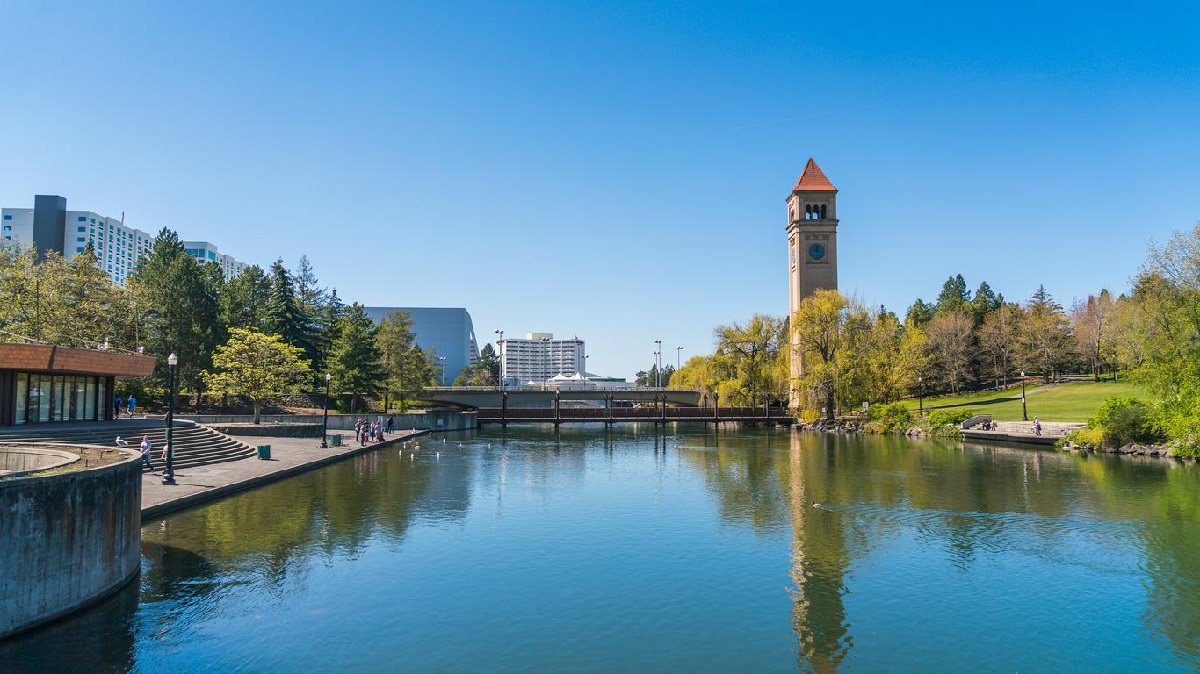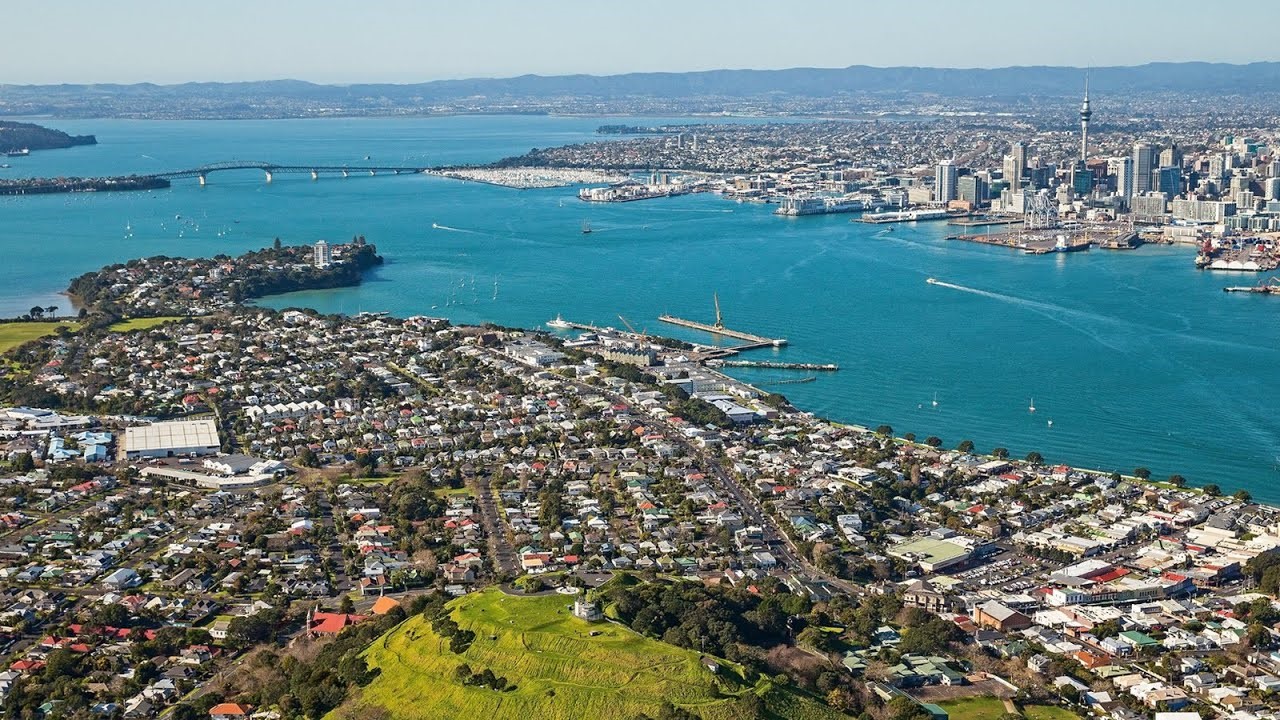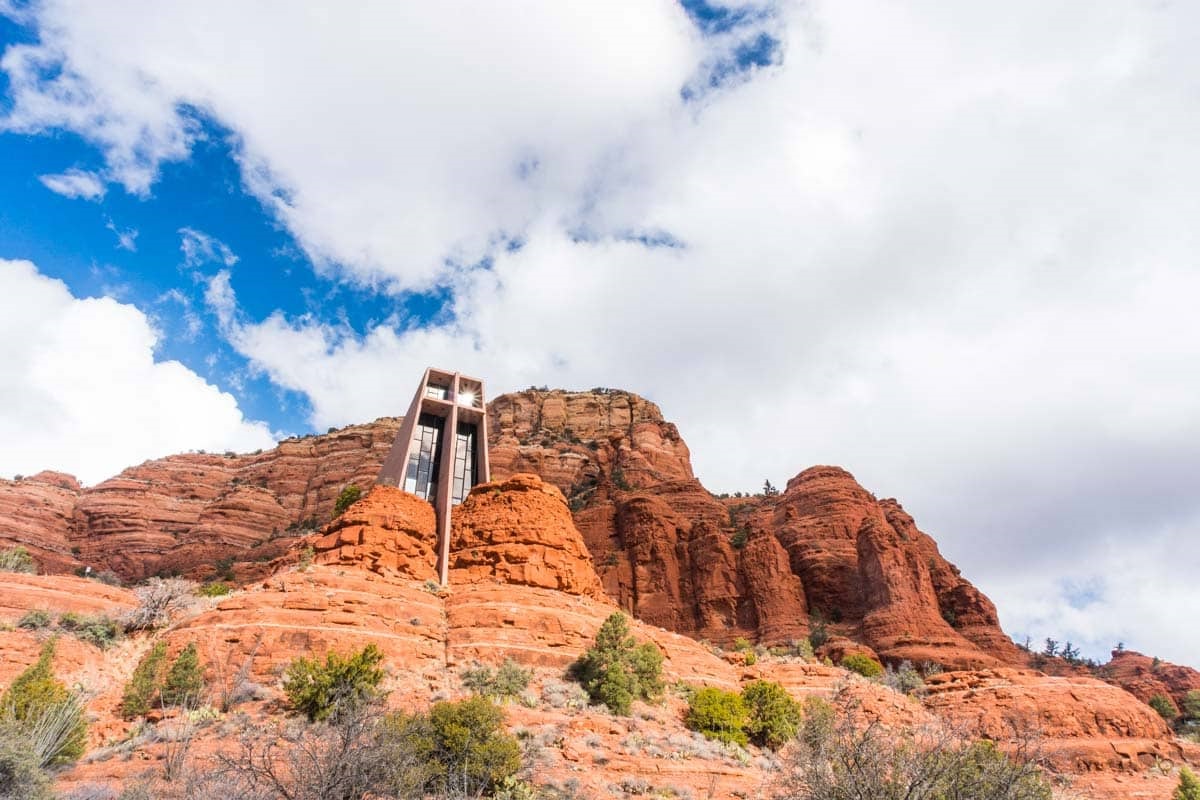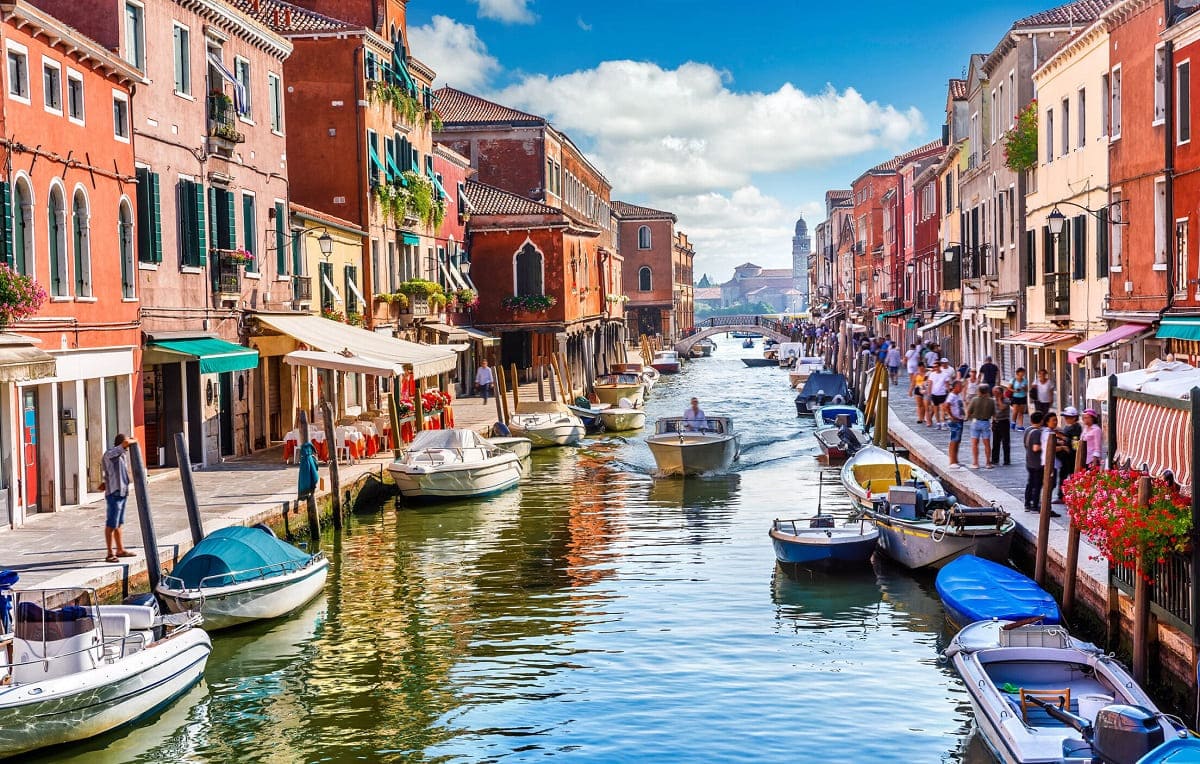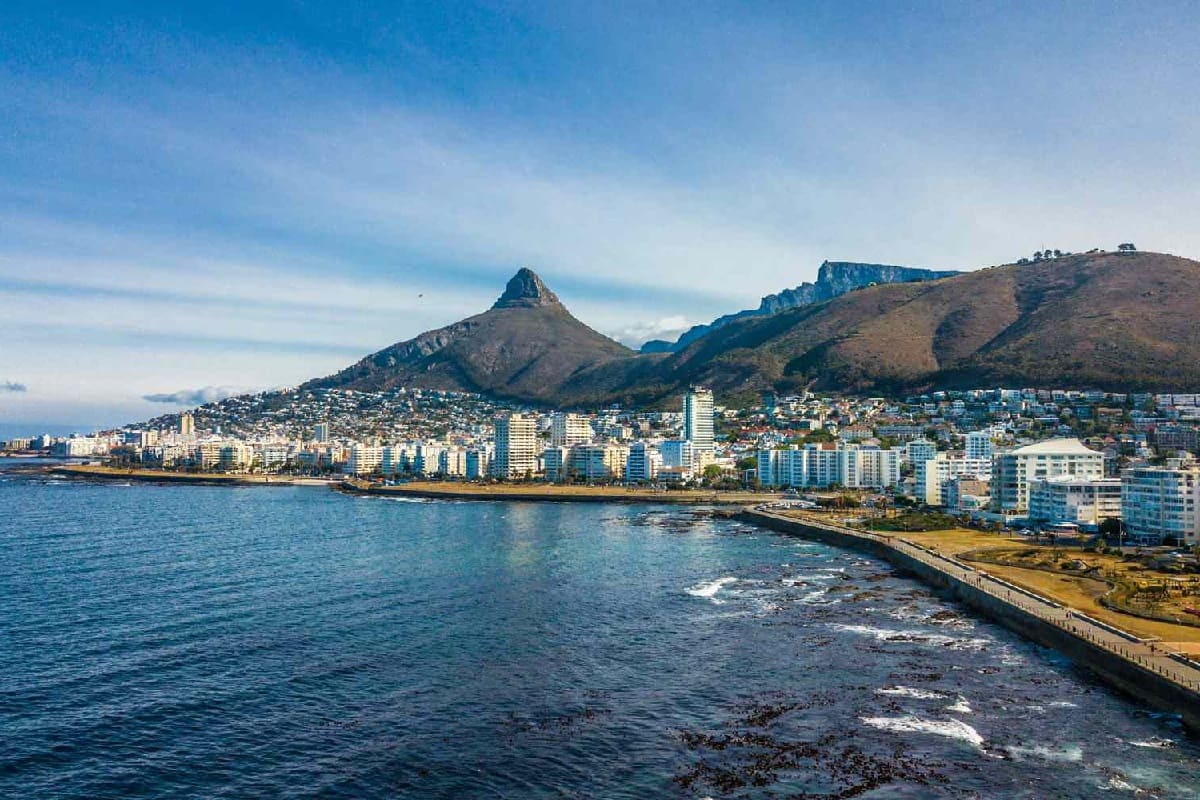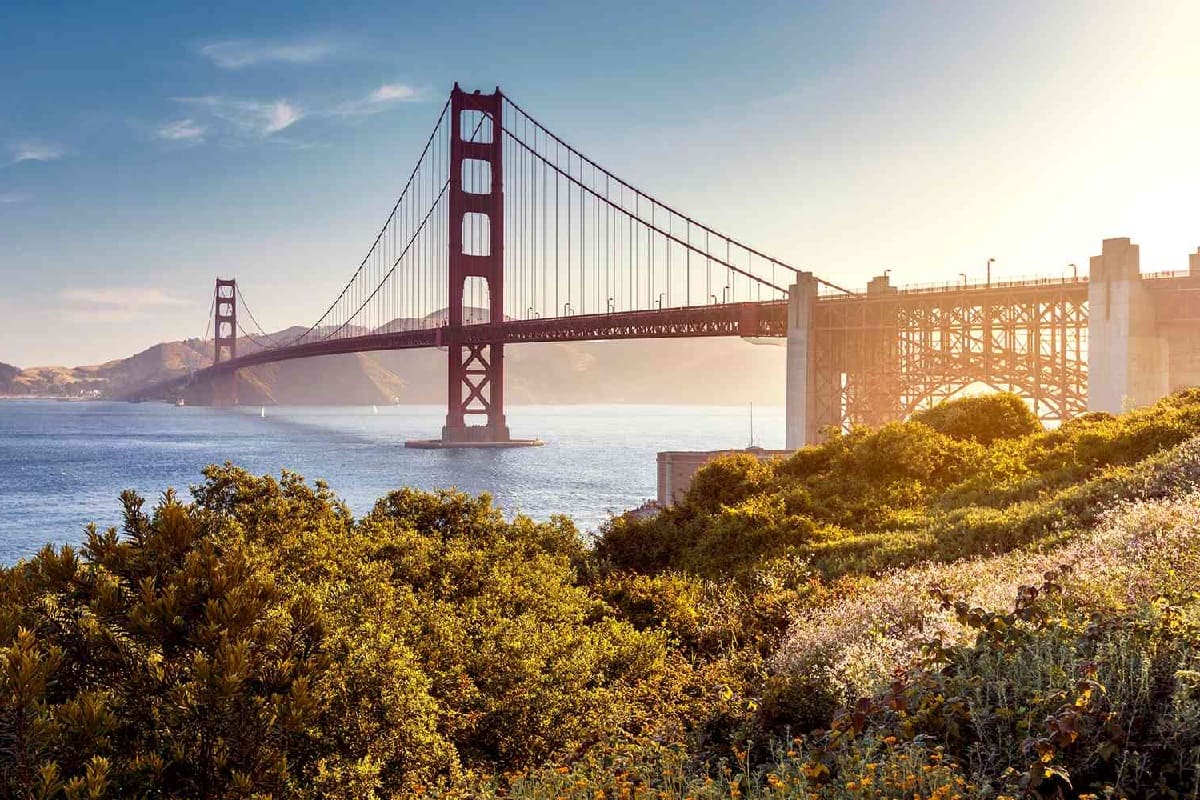Home>Weather and Climate>Understanding The Climate Of The Amazon Rainforest
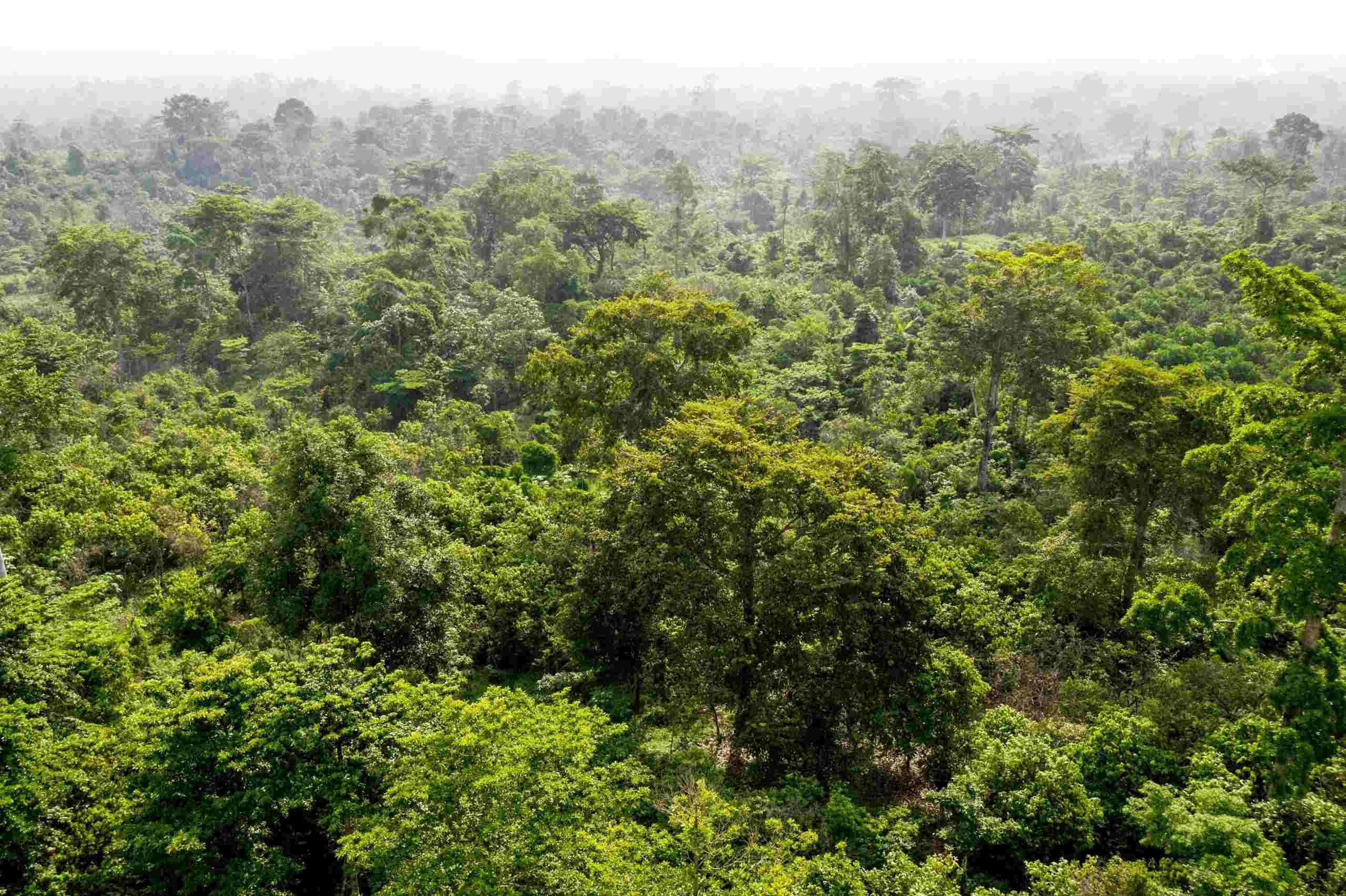

Weather and Climate
Understanding The Climate Of The Amazon Rainforest
Published: March 5, 2024
Gain insights into the weather and climate of the Amazon Rainforest. Understand the unique environmental factors that shape this diverse ecosystem.
(Many of the links in this article redirect to a specific reviewed product. Your purchase of these products through affiliate links helps to generate commission for Temperatures.com, at no extra cost. Learn more)
Table of Contents
Introduction
The Amazon Rainforest, often referred to as the "lungs of the Earth," is a wondrous and vital ecosystem that captivates the imagination and curiosity of people around the world. Spanning over 5.5 million square kilometers, the Amazon Rainforest is a sprawling expanse of unparalleled biodiversity, teeming with life and natural wonders. Its sheer size and ecological significance make it a subject of great interest and concern for scientists, environmentalists, and nature enthusiasts alike.
As we delve into the intricate details of the Amazon Rainforest, it becomes evident that its climate plays a pivotal role in shaping the diverse flora and fauna that call this region home. The interplay of temperature, precipitation, and humidity creates a unique and complex environment that sustains an astonishing array of life forms, many of which are found nowhere else on Earth.
In this article, we will embark on a journey to unravel the mysteries of the Amazon Rainforest's climate, exploring the factors that contribute to its distinct weather patterns and the profound impact of climate change on this precious ecosystem. Additionally, we will delve into the ongoing conservation efforts aimed at preserving the Amazon Rainforest for future generations to cherish and benefit from.
Join us as we venture into the heart of the Amazon Rainforest, where the convergence of nature's marvels and environmental challenges awaits our discovery. Let's embark on this enlightening exploration to gain a deeper understanding of the climate that sustains one of the most awe-inspiring natural wonders on our planet.
The Importance of the Amazon Rainforest
The Amazon Rainforest holds unparalleled significance on a global scale, serving as a vital component of the Earth's ecological balance and offering a multitude of benefits that extend far beyond its borders. Here are the key aspects that underscore the immense importance of the Amazon Rainforest:
-
Biodiversity Hotspot: The Amazon Rainforest is a treasure trove of biodiversity, harboring an estimated 10% of the world's known species. Its rich tapestry of flora and fauna encompasses a staggering array of plant species, insects, birds, mammals, and reptiles, many of which are endemic to this region. The intricate web of life within the Amazon Rainforest contributes to the overall genetic diversity of the planet, holding potential for scientific and medical advancements.
-
Climate Regulation: The Amazon Rainforest plays a crucial role in regulating the Earth's climate. Through the process of photosynthesis, the vast expanse of trees and vegetation absorbs carbon dioxide, a major greenhouse gas, thereby mitigating the impacts of climate change. Additionally, the release of water vapor from the forest canopy influences regional and global weather patterns, making the Amazon Rainforest an essential component of the Earth's climate system.
-
Oxygen Production: Often referred to as the "lungs of the Earth," the Amazon Rainforest is a primary source of oxygen production. The process of photosynthesis, carried out by the abundant plant life, results in the release of oxygen into the atmosphere. This vital contribution to the planet's oxygen supply underscores the critical role of the Amazon Rainforest in sustaining life on Earth.
-
Cultural and Indigenous Significance: The Amazon Rainforest is home to numerous indigenous communities whose cultures, traditions, and knowledge systems are deeply intertwined with the forest. These communities rely on the forest for sustenance, medicinal resources, and spiritual practices, contributing to the rich cultural heritage of the region. Preserving the Amazon Rainforest is essential for safeguarding the rights and livelihoods of indigenous peoples and maintaining the cultural diversity that enriches our world.
-
Economic Value: The Amazon Rainforest holds significant economic value, providing resources such as timber, fruits, nuts, and medicinal plants. Furthermore, the ecotourism industry centered around the Amazon Rainforest generates employment opportunities and economic benefits for local communities, contributing to sustainable development in the region.
In essence, the Amazon Rainforest stands as a cornerstone of global ecological stability, offering a myriad of ecological, climatic, cultural, and economic benefits that resonate far beyond its borders. Recognizing and preserving the irreplaceable value of this majestic ecosystem is paramount for the well-being of our planet and future generations.
The Unique Climate of the Amazon
The Amazon Rainforest boasts a climate that is as diverse and captivating as the myriad of life forms it supports. Its geographical expanse spans across nine countries in South America, encompassing a wide range of ecosystems, from dense tropical rainforests to expansive savannas. The climate of the Amazon Rainforest is characterized by its tropical and equatorial attributes, giving rise to distinct weather patterns and climatic phenomena that shape the ecological tapestry of this extraordinary region.
Equatorial Climate
At the heart of the Amazon Rainforest lies an equatorial climate zone, where the sun's rays strike the Earth at a near-perpendicular angle throughout the year. This results in consistently high temperatures and abundant rainfall, creating a hot and humid environment that fosters lush vegetation and diverse wildlife. The equatorial climate of the Amazon is marked by minimal temperature variations, with average temperatures hovering around 27-32°C (80-90°F) year-round. This stable warmth provides an ideal setting for the proliferation of tropical flora and fauna, contributing to the unparalleled biodiversity of the region.
Rainfall and Hydrological Cycles
The Amazon Rainforest experiences an astonishing volume of rainfall, with some areas receiving over 100 inches of rain annually. This abundant precipitation is vital for sustaining the dense vegetation and intricate ecosystems that define the Amazon. The convergence of warm, moist air masses from the Atlantic Ocean and the Andes Mountains fuels the formation of towering cumulonimbus clouds, giving rise to intense thunderstorms and torrential downpours. The resulting hydrological cycles support the intricate web of rivers, streams, and wetlands that crisscross the rainforest, shaping the landscape and providing essential habitats for countless species.
Seasonal Variations
While the equatorial climate of the Amazon Rainforest is characterized by minimal temperature fluctuations, it does experience distinct wet and dry seasons. During the wet season, which typically spans from December to May, the rainforest is drenched by heavy rains, leading to swollen rivers and widespread inundation. Conversely, the dry season, occurring from June to November, brings reduced precipitation and lower water levels, influencing the behavior of wildlife and the dynamics of plant life. These seasonal variations play a crucial role in shaping the ecological processes within the Amazon Rainforest, influencing breeding patterns, seed dispersal, and the availability of resources for its inhabitants.
Microclimates and Biodiversity
Within the expansive canvas of the Amazon Rainforest, microclimates emerge, creating localized variations in temperature, humidity, and precipitation. These microclimates contribute to the remarkable diversity of habitats within the rainforest, ranging from flooded forests and upland plateaus to seasonally inundated savannas. Each microclimate harbors its own unique array of plant and animal species, fostering specialized adaptations and ecological niches. The intricate interplay of microclimates within the Amazon Rainforest sustains an unparalleled richness of biodiversity, making it a living mosaic of ecological wonders.
In essence, the climate of the Amazon Rainforest is a symphony of equatorial warmth, abundant rainfall, seasonal rhythms, and microclimatic nuances, orchestrating the harmonious coexistence of an extraordinary array of life forms. Understanding the intricacies of this unique climate is essential for appreciating the awe-inspiring complexity and resilience of the Amazon Rainforest ecosystem.
Factors Affecting the Climate
The climate of the Amazon Rainforest is influenced by a myriad of factors that converge to shape its unique environmental conditions. These factors, ranging from geographical features to atmospheric phenomena, play a pivotal role in defining the intricate web of weather patterns and climatic dynamics within this vast and diverse ecosystem.
Geographical Features
The geographical characteristics of the Amazon Rainforest exert profound influences on its climate. The expansive Amazon River and its tributaries form a complex network of waterways that not only facilitate the transport of water and nutrients but also contribute to the regulation of local temperatures. The presence of extensive water bodies, including oxbow lakes and flooded forests, creates microclimatic variations and influences the distribution of precipitation, fostering diverse habitats for aquatic and terrestrial species.
Furthermore, the topographical diversity of the Amazon region, encompassing lowland rainforests, mountainous terrain, and vast plains, gives rise to distinct microclimates and ecological niches. The elevation gradients and landforms within the Amazon Rainforest contribute to variations in temperature, humidity, and precipitation, shaping the mosaic of habitats that support an extraordinary array of flora and fauna.
Read more: Understanding The Climate In Texas
Atmospheric Circulation
The atmospheric circulation patterns in the Amazon region play a crucial role in driving the climatic processes that sustain the rainforest ecosystem. The convergence of trade winds from the northeast and southeast influences the movement of air masses, contributing to the formation of convective clouds and the initiation of precipitation. The interaction between the warm, moisture-laden air from the Atlantic Ocean and the cooler air masses from the Andes Mountains fuels the atmospheric dynamics that result in the abundant rainfall characteristic of the Amazon Rainforest.
Additionally, the phenomenon of the Intertropical Convergence Zone (ITCZ) exerts a significant influence on the climate of the Amazon. As the ITCZ shifts north and south with the changing seasons, it brings about fluctuations in rainfall patterns, marking the transition between the wet and dry seasons in the region. The interplay of atmospheric circulation systems shapes the temporal and spatial distribution of rainfall, influencing the hydrological cycles and ecological processes within the Amazon Rainforest.
Vegetation and Feedback Mechanisms
The dense vegetation of the Amazon Rainforest acts as a critical component of its climate system, exerting feedback mechanisms that influence local and regional weather patterns. The process of transpiration, wherein plants release water vapor through their leaves, contributes to the moisture content of the atmosphere, influencing cloud formation and precipitation. The extensive canopy cover of the rainforest also plays a role in modulating surface temperatures, creating a cooler and more stable microclimate beneath the forest canopy.
Moreover, the intricate interactions between vegetation, soil, and the water cycle form a complex feedback loop that regulates the availability of water and nutrients within the ecosystem. The capacity of the rainforest to sustain its own climate through these feedback mechanisms underscores the interdependence of vegetation and climatic processes, highlighting the resilience and adaptability of this extraordinary ecosystem.
In essence, the climate of the Amazon Rainforest is shaped by a multitude of interconnected factors, including geographical features, atmospheric circulation, and the intricate feedback mechanisms of its lush vegetation. Understanding the interplay of these factors is essential for comprehending the resilience and vulnerability of the Amazon Rainforest in the face of environmental changes and human impacts.
Impact of Climate Change on the Amazon Rainforest
Climate change poses a formidable threat to the delicate equilibrium of the Amazon Rainforest, exerting profound and far-reaching impacts on its ecological integrity and the well-being of its diverse inhabitants. The ramifications of climate change reverberate across the rainforest, manifesting in a multitude of interconnected challenges that jeopardize its resilience and stability.
One of the most pressing concerns stemming from climate change is the escalation of extreme weather events within the Amazon Rainforest. The intensification of droughts, coupled with an increase in the frequency and severity of wildfires, has inflicted widespread devastation on the rainforest ecosystem. Prolonged periods of drought lead to water stress for vegetation, rendering the forest more susceptible to fire outbreaks. These wildfires not only ravage vast expanses of forest cover but also disrupt the intricate ecological balance, imperiling the survival of countless plant and animal species.
Furthermore, rising temperatures associated with climate change have the potential to disrupt critical ecological processes within the Amazon Rainforest. Elevated temperatures can alter the phenology of plant species, affecting flowering and fruiting patterns, which in turn impacts the foraging behaviors of wildlife reliant on seasonal food sources. Additionally, temperature increases can exacerbate the risk of heat stress for both terrestrial and aquatic species, leading to shifts in species distributions and potential population declines.
The hydrological cycles of the Amazon Rainforest are also being perturbed by climate change, with implications for the stability of river systems and the availability of freshwater habitats. Changes in precipitation patterns and the timing of seasonal rains can lead to fluctuations in river levels, affecting the inundation of floodplains and the connectivity of aquatic ecosystems. These disruptions have cascading effects on the breeding, feeding, and migratory patterns of aquatic species, posing challenges to their long-term survival.
Moreover, the impacts of climate change extend beyond ecological dynamics, permeating the socio-economic fabric of the Amazon region. Indigenous communities and local populations reliant on the forest for sustenance and livelihoods face heightened vulnerabilities in the face of changing climatic conditions. The loss of traditional resources, compounded by environmental degradation, poses significant challenges to the cultural heritage and well-being of these communities, underscoring the complex interplay between climate change and social resilience.
In essence, the impact of climate change on the Amazon Rainforest reverberates through its ecosystems, species, and human communities, underscoring the urgent need for concerted efforts to mitigate the drivers of climate change and enhance the resilience of this irreplaceable natural wonder. Recognizing the interconnectedness of ecological, climatic, and societal dimensions is essential for charting a path towards sustainable coexistence with the Amazon Rainforest and safeguarding its invaluable contributions to the well-being of our planet.
Conservation Efforts for the Amazon Rainforest
Preserving the Amazon Rainforest is a global imperative, and concerted conservation efforts are essential to safeguard its ecological integrity and the myriad benefits it bestows upon the planet. A multitude of initiatives, ranging from local community-based projects to international collaborations, are actively working towards the protection and sustainable management of the Amazon Rainforest. These conservation endeavors encompass a spectrum of strategies aimed at addressing deforestation, promoting sustainable resource use, and empowering local communities to become stewards of their natural heritage.
One of the pivotal focal points of conservation efforts in the Amazon Rainforest is the mitigation of deforestation, which remains a significant threat to the integrity of the ecosystem. Through the establishment of protected areas, national parks, and indigenous territories, conservation organizations and governmental agencies strive to create havens for biodiversity and limit the encroachment of human activities that contribute to deforestation. Additionally, innovative approaches such as satellite monitoring and remote sensing technologies are employed to track deforestation trends and inform targeted interventions to combat illegal logging and land clearance.
Furthermore, sustainable land use practices and community-based conservation initiatives play a pivotal role in promoting the coexistence of human communities and the rainforest. Empowering local indigenous groups and traditional communities to engage in sustainable resource management not only fosters the preservation of cultural heritage but also contributes to the conservation of biodiversity. By supporting agroforestry, sustainable harvesting of non-timber forest products, and eco-friendly livelihood alternatives, conservation efforts seek to alleviate pressures on the rainforest while enhancing the well-being of local populations.
International collaborations and financial mechanisms also play a crucial role in supporting conservation efforts for the Amazon Rainforest. Initiatives such as debt-for-nature swaps, where a portion of a country's debt is forgiven in exchange for investments in conservation, have been instrumental in channeling resources towards the protection of critical ecosystems. Furthermore, partnerships between governments, non-governmental organizations, and private sector entities have led to the establishment of conservation corridors and the implementation of sustainable development projects that prioritize environmental conservation alongside economic growth.
Education and awareness-raising initiatives are integral components of conservation efforts, aiming to foster a sense of stewardship and environmental consciousness among local communities and global citizens. By promoting environmental education, ecotourism, and the dissemination of scientific knowledge, conservation organizations seek to cultivate a culture of conservation that transcends geographical boundaries and fosters a shared commitment to preserving the Amazon Rainforest.
In essence, the conservation efforts for the Amazon Rainforest embody a multifaceted and collaborative approach that recognizes the interconnectedness of ecological preservation, sustainable development, and the well-being of indigenous communities. By embracing innovative strategies, fostering partnerships, and nurturing a collective sense of responsibility, these efforts strive to secure a future where the Amazon Rainforest thrives as a beacon of biodiversity, ecological resilience, and cultural heritage for generations to come.
Conclusion
In conclusion, the Amazon Rainforest stands as a testament to the awe-inspiring complexity and ecological significance of our planet's natural wonders. Its unique climate, characterized by equatorial warmth, abundant rainfall, and seasonal rhythms, forms the cornerstone of a vibrant and resilient ecosystem that sustains unparalleled biodiversity and contributes to global climatic stability. The interplay of geographical features, atmospheric circulation, and the intricate feedback mechanisms of its lush vegetation shapes the intricate web of weather patterns and climatic dynamics within this vast and diverse ecosystem.
However, the Amazon Rainforest faces formidable challenges, particularly in the face of climate change. The escalating impacts of extreme weather events, shifts in ecological processes, and disruptions to the livelihoods of indigenous communities underscore the urgent need for concerted conservation efforts. The ramifications of climate change reverberate through its ecosystems, species, and human communities, emphasizing the imperative of mitigating the drivers of climate change and enhancing the resilience of this irreplaceable natural wonder.
Amidst these challenges, conservation efforts for the Amazon Rainforest offer a beacon of hope. From mitigating deforestation and promoting sustainable resource use to empowering local communities and fostering international collaborations, these initiatives embody a multifaceted and collaborative approach aimed at safeguarding the ecological integrity and cultural heritage of the rainforest. By embracing innovative strategies, fostering partnerships, and nurturing a collective sense of responsibility, these efforts strive to secure a future where the Amazon Rainforest thrives as a beacon of biodiversity, ecological resilience, and cultural heritage for generations to come.
As we reflect on the intricate tapestry of life within the Amazon Rainforest and the profound interconnections between its climate, biodiversity, and human societies, it becomes evident that the preservation of this natural marvel transcends geographical boundaries and calls for a shared commitment to environmental stewardship. By recognizing the irreplaceable value of the Amazon Rainforest and the imperative of safeguarding its ecological balance, we embark on a collective journey towards a sustainable coexistence with this extraordinary ecosystem. Through education, advocacy, and tangible actions, we can contribute to the preservation of the Amazon Rainforest, ensuring that its splendor endures as a testament to the resilience and interconnectedness of life on Earth.

